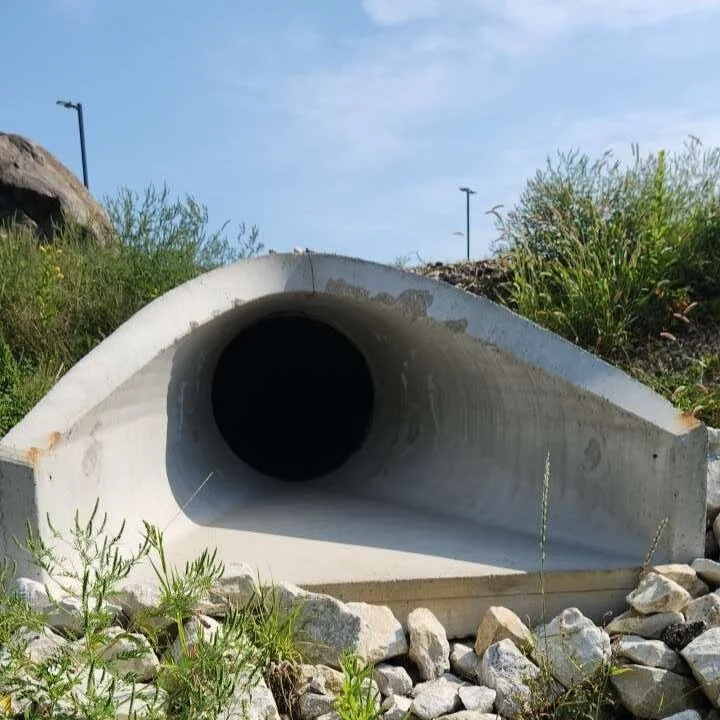While storm water ponds can be aesthetically pleasing and a community recreation feature, they are actually engineered devices with two main functions. First, they prevent flooding by capturing runoff and flow from local storm water pipes, swales, and drainage ditches. Second, they provide water quality treatment by settling out excess sediment and nutrients from storm water that flows to the pond.
Since storm water ponds capture and retain sediment and nutrients, it is expected that there will be blooms of algae and other aquatic plant growth throughout the year. Therefore, storm water ponds need regular maintenance with an herbicide or algicide product in order to remain aesthetically pleasing to residents and continue to function as designed.
When developing a treatment plan for aquatic plant management (APM) in storm water ponds, it is important to check with your local regulatory agencies about what approvals and permits may be required. For example, in Wisconsin, permits can be obtained under NR 107 for chemical and biological aquatic plant control. Further information and resources on aquatic plants and APM is available on the Wisconsin Department of Natural Resources website.
For more information on using cisterns to capture rain for reuse later, contact an expert today.
About the Author
Maureen A. Schneider
Project Engineer
Maureen is passionate about finding effective, efficient, and environmentally sustainable solutions to engineering problems. She has experience in the development of storm water management plans, stream restoration projects, regulatory permit processes, agricultural pollutant reduction program implementation, and other storm water quality improvement projects. Maureen has been with Ruekert & Mielke, Inc. since 2017.





